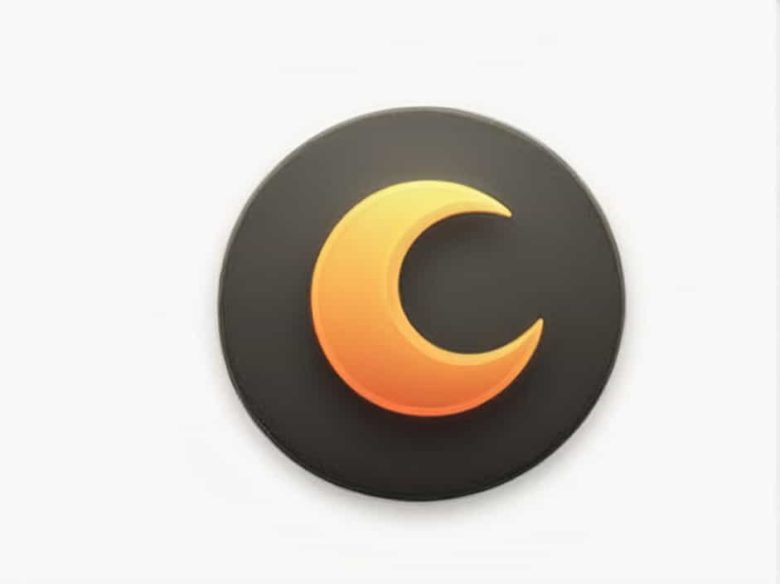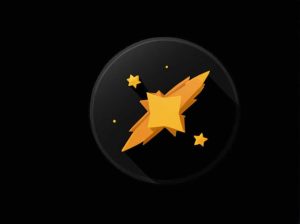Lunar eclipses have fascinated humanity for centuries, offering a spectacular celestial display. For those eager to witness this phenomenon, knowing the exact timing and visibility is essential. This topic provides detailed information on the upcoming lunar eclipses, focusing on their dates, types, and visibility, especially for observers in Jakarta, Indonesia.
1. Understanding Lunar Eclipses
A. What Is a Lunar Eclipse?
A lunar eclipse occurs when the Earth comes directly between the Sun and the Moon, causing the Earth’s shadow to fall upon the Moon. This alignment leads to the Moon appearing darkened or taking on a reddish hue.
B. Types of Lunar Eclipses
-
Total Lunar Eclipse: The entire Moon passes through the Earth’s umbral shadow, often resulting in a reddish color, commonly referred to as a “Blood Moon.”
-
Partial Lunar Eclipse: Only a portion of the Moon enters the Earth’s umbra, causing a noticeable darkening of a segment of the Moon.
-
Penumbral Lunar Eclipse: The Moon passes through the Earth’s penumbral shadow, leading to a subtle dimming rather than significant darkening.
2. Upcoming Lunar Eclipses
A. March 14, 2025 – Total Lunar Eclipse
-
Date and Time: The total lunar eclipse is set to occur on March 14, 2025.
-
Visibility in Jakarta: Unfortunately, this eclipse will not be visible from Jakarta, as it occurs during daylight hours in this region.
B. September 7, 2025 – Total Lunar Eclipse
-
Date and Time: Another total lunar eclipse is expected on September 7, 2025.
-
Visibility in Jakarta: This eclipse will be visible from Jakarta. The Moon will rise already in the penumbral phase, with the total phase occurring later in the evening, offering a clear view of the totality.
3. Observing the Lunar Eclipse in Jakarta
A. Optimal Viewing Conditions
To experience the lunar eclipse fully:
-
Choose a Location with an Unobstructed View: Select a spot with a clear view of the eastern horizon, as the Moon will rise from this direction during the eclipse.
-
Check the Weather Forecast: Ensure the skies are clear on the evening of the eclipse to avoid obstructions from clouds.
-
Minimal Light Pollution: Opt for areas away from city lights to enhance the visibility of the eclipse.
B. Viewing Equipment
-
Naked Eye: Lunar eclipses are safe to view without any protective eyewear.
-
Binoculars or Telescopes: These can provide a more detailed view of the Moon’s surface and the progression of the eclipse.
4. Significance of Lunar Eclipses
A. Cultural and Historical Importance
Throughout history, lunar eclipses have been regarded with awe and have featured prominently in various cultural myths and legends.
B. Scientific Observations
Lunar eclipses offer scientists opportunities to study the Earth’s atmosphere based on the light refracted onto the Moon’s surface.
5. Safety Considerations
Unlike solar eclipses, lunar eclipses are safe to observe directly without any eye protection. However, always ensure that your viewing equipment is in good condition to prevent any accidental harm.
6. Preparing for the Eclipse
A. Mark Your Calendar
Note the date and time of the upcoming eclipse to ensure you don’t miss this celestial event.
B. Join Local Astronomy Groups
Engaging with local astronomy clubs or societies can enhance your viewing experience, as they often organize group observations and provide valuable insights.
C. Capture the Moment
Consider photographing the eclipse. Ensure you have the appropriate camera settings and equipment to capture clear images of the event.
The next opportunity to witness a total lunar eclipse in Jakarta will be on September 7, 2025. By understanding the timing and preparing adequately, you can experience this mesmerizing astronomical event to its fullest. Keep your eyes on the skies and enjoy the wonders of the universe.



